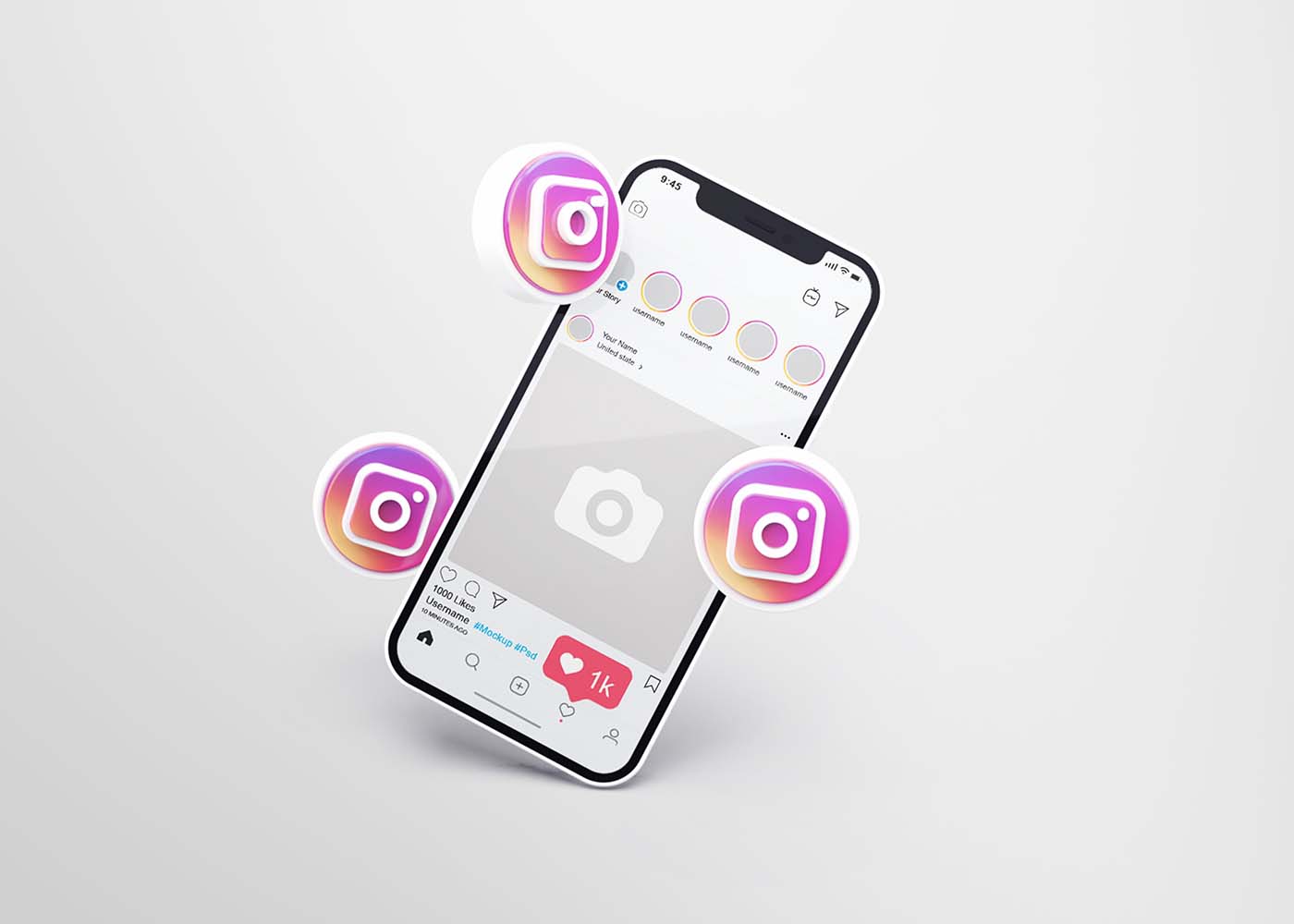Latest Blog
6 Core UX Design Principles for an Engaging User Journey

Are you looking for ways to make your user experience more engaging? Core UX design principles are a great place to start. By following these six key principles, you will be able to give your users the most seamless and fluid journey through your website, app, or product. From understanding how people interact with products and services to utilizing tried and tested strategies for effective usability testing, we’ll go through a detailed breakdown on how understanding core UX design principles is an essential part of creating an engaging user experience. Get ready to delve into the basics of UX design and improve your app or website’s success!
Content Clarity and Consistency
Consistency and clarity are two essential elements for any business to make its content successful. Always make sure your content is clear and consistent across all platforms as it helps build credibility with your customers and makes for a good first impression of your brand. Take time to ensure the same messaging, tone, and visuals are used throughout your digital marketing efforts. By doing so, you can make sure that potential users who interact with your app or website understand what you stand for and how you want them to interact with your products or services. Make sure that the entire user journey is consistent throughout so that you can create a lasting impression of trustworthiness and professionalism. Consequently, all of these factors will help you develop a distinct brand identity and establish brand loyalty amongst customers.Usability and Accessibility
Good user experience design should be usable and accessible for everyone, regardless of their abilities or disabilities. This means that websites, apps, tools, and other digital interfaces should cater to a wide range of users with differing needs. Usability seeks to make digital products as easy to use as possible, while accessibility ensures users with disabilities can access them. Designers should consider the different types of users that may interact with their product, identify areas where each type may encounter difficulty or difficulty, and create solutions accordingly. This inclusive approach not only benefits those with impairments but improves the overall user experience for all types of people, creating a better web for everyone.Visual Appeal
Introducing visuals into any project can be a great way to draw the user in. By selecting the right color palette and selecting relevant imagery, you can create an engaging experience for visitors. Color has the power to evoke feelings and emotions, which can be used to increase brand awareness and engagement. Additionally, visuals will be the way to go in the near future as they have been proven to increase the amount of time users spend on a page or website, helping businesses reach goals more efficiently than text alone (Appel et al., 2020). So next time you are looking for ways to drive more traffic or strengthen your brand identity, remember that visuals are just as important as words when it comes to delivering an effective message.Responsive Design
Responsive design is essential for providing a consistent user experience across all types of devices. As technology progresses, the number of screens and devices available continues to grow. Responsive design allows your product to be displayed and experienced optimally across various device sizes and configurations, ensuring that users have the same quality, interactive experience regardless of screen size or device type. This also ensures flexibility for you, as developers, since you can access the content from any device without any hassle. By utilizing responsive design frameworks, you’ll be able to meet the needs of all users on all devices without compromising usability – creating an optimal customer experience whether viewed on desktop, tablet, or mobile.User-Centered Design
User-centered design (UCD) is a methodology that focuses on creating an experience tailored to the needs of your target audience. It involves listening carefully to feedback and insights gathered through user research, testing prototypes, and refining user journeys and flows until they’re satisfying. The user-centered design pays attention to both form and function, emphasizing accessibility, usability, and user experience. The key to successful User-centered design implementation is understanding user behavior, culture, target population, contexts, motivators, and values. By putting people at the heart of your interface design solutions can be found that effectively meet each person’s needs.Keep Things Simple
Minimalism is an effective approach to website design as it focuses on only the essential elements of a page. When done well, minimalistic designs can create a clean, sleek aesthetic that draws users in. A cluttered website with too much ‘noise’ – such as multiple pop-ups, banners, and excessive adverts – can be distracting and make the page difficult and frustrating to navigate. Therefore, it can hinder the user journey and result in a decrease in user engagement. Keeping the design simple means the user will be able to focus more on the content of the page without being overwhelmed by too many competing elements. Additionally, a simpler design often translates into better conversion rate performance and higher visitor engagement. So, designing with a minimalist mindset is a great way for designers to create an attractive and exciting website that won’t overwhelm users.Conclusions
To sum everything up, creating a successful UX design requires a precisely calculated combination of content clarity and consistency, usability and accessibility, visual appeal, responsive design, user-centered design, and simplicity. It is essential to understand the importance of a good user experience for any product or website in order to ensure that users have an enjoyable experience. By following these guidelines you can create a great UX design that ties together all the necessary elements to create a memorable and engaging user experience.Frequently Asked Questions About UX Design Principles:
How Can You Build a Cutting-Edge UX with Fleekbiz?
At Fleekbiz, we have a team of experts specializing in building UX designs from scratch or optimizing existing ones. We believe in the power of a well-designed user experience and are passionate about helping businesses reach their full potential. If you’re looking for high-impact solutions for your next project, don’t hesitate to reach out! With our years of experience, we can help take your project to the next level. Want your product or website’s UX design to engage users? Reach out to us now!Why are UX design principles so important?
UX design principles revolve around usability, simplicity, clarity, and consistency. All of these are influenced by core human psychology. Therefore, whenever a user experience is strategized, every single one of these principles is applied to make the design as human as possible – allowing for maximum user-friendliness, and consequently, increased engagement and user satisfaction.References
Appel, G., Grewal, L., Hadi, R., & Stephen, A. T. (2020). The future of social media in marketing. Journal of the Academy of Marketing Science, 48(1), 79–95. https://doi.org/10.1007/s11747-019-00695-1Get the latest updates on new technology, services and many more by subscribing to this Newsletter.










